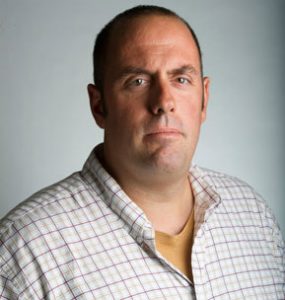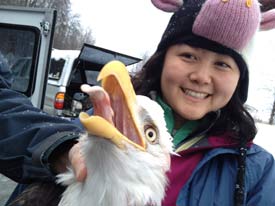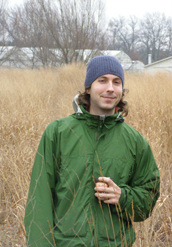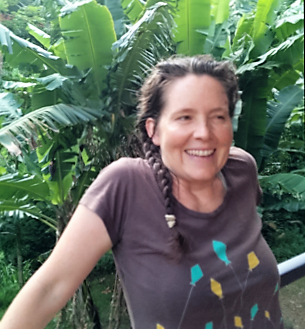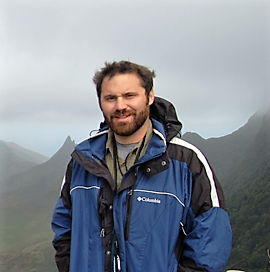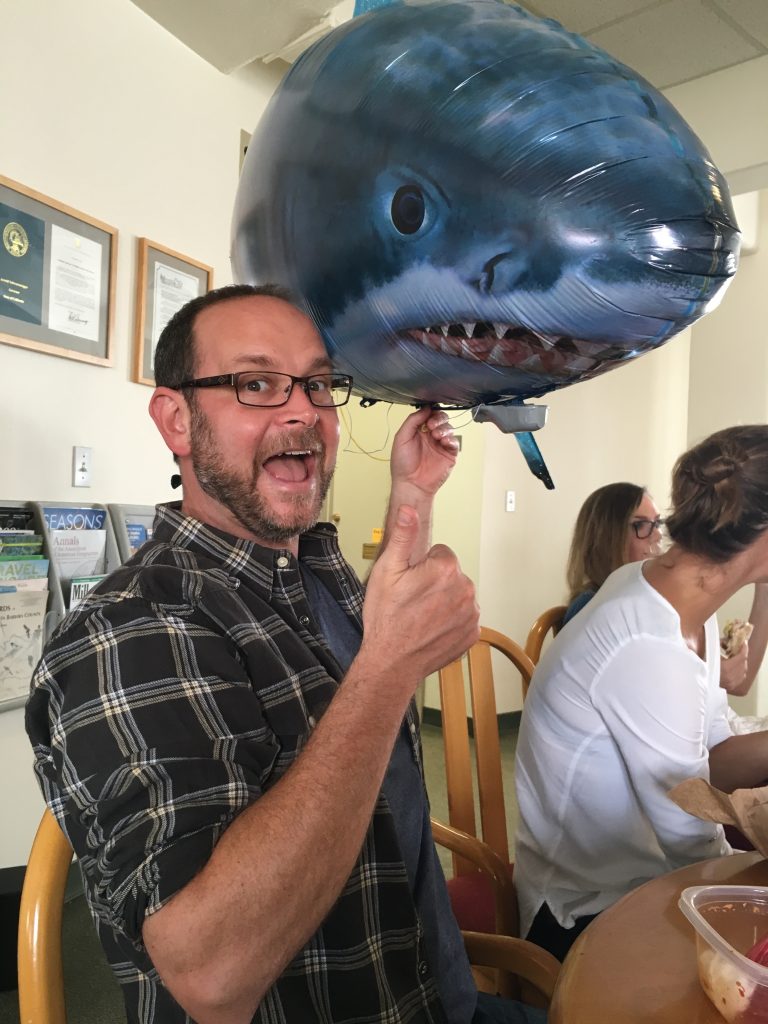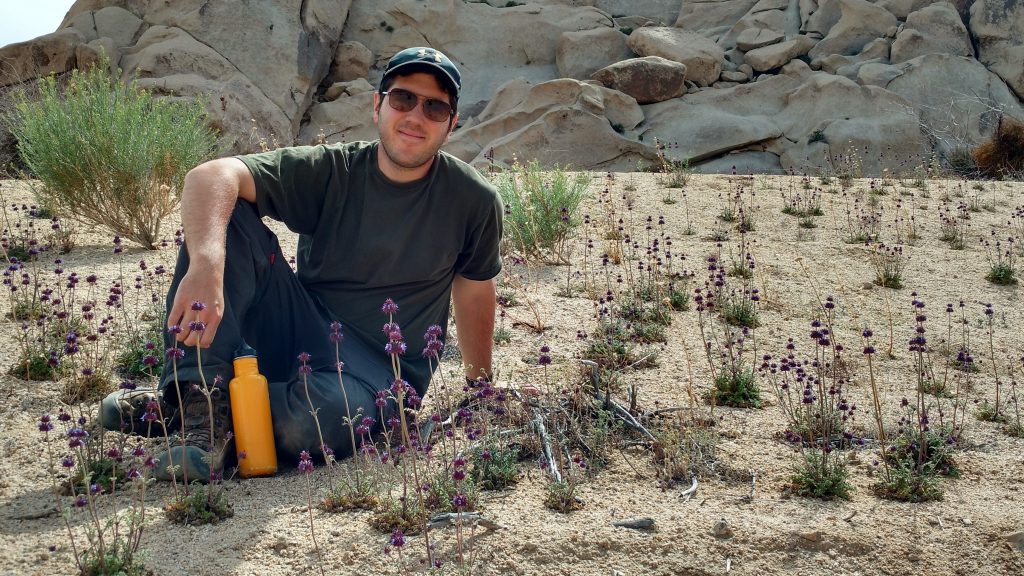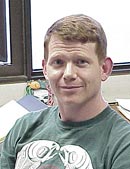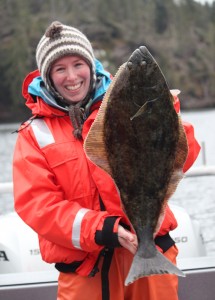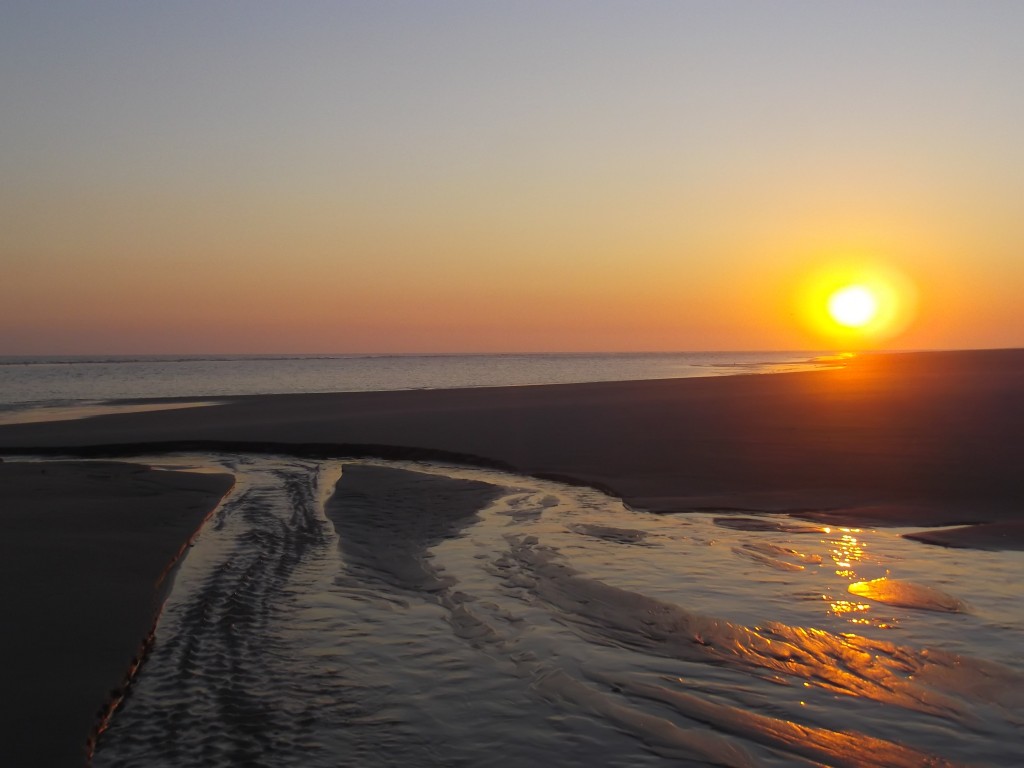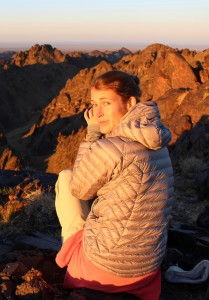Coastal habitats play critical ecological and societal roles in nearshore and estuarine systems. Yet despite their importance, reefs, marshes and coastal forests around the world have been highly degraded and reduced to a small fraction of their historic extent. In the United States and elsewhere, billions of dollars are being invested in coastal habitat restoration. New policies emphasize planning processes that work across sectors and jurisdictions to fund projects that provide the greatest returns for people and nature. As a result, state, county and local government agencies, non-governmental organizations and industry are facing hard questions about where to invest and how to set targets to meet these dual goals. We have formed a multi-agency and NGO partner working group aimed at increasing understanding agency needs for decision-making, assessing past restoration projects, and developing achievable metrics and approaches for aligning ecological and social goals in future efforts.
Jonathan Grabowski, Ph.D.
J.Grabowski@northeastern.edu
My research interests span issues in ecology, fisheries and conservation biology, social-ecological coupling, environmental policy, and ecological economics. I have used a variety of estuarine (oyster reef, seagrass, salt marsh, mud bottom) and marine (kelp bed, cobble-ledge) systems to examine how resource availability, habitat heterogeneity and predation risk affect population dynamics, community structure, and ecosystem functioning. Much of this work focuses on economically important species such as lobsters, cod, herring, monkfish, and oysters, and consequently is relevant for fisheries and ecosystem management. My lab also focuses on how habitat degradation and restoration influence benthic community structure, population structure, and the transfer of energy to higher trophic levels. In addition, we are interested in how fisheries management initiatives such as the design of closed areas, delineation of stock boundaries, fishing gear modifications, and quota setting impact fish population structure and fisheries productivity, essential fish habitat protection, community structure, and the social capital of stakeholders.
My lab’s research involves highly coupled social-ecological systems and integrates social and natural science approaches. For instance, we are examining the ecological consequences of shoreline hardening on ecosystem service provisioning while also investigating how the environmental connectedness of coastal residents influences their decision-making around this issue. We are also examining factors that influence coastal fishing communities’ perceptions of and trust in management to help improve their buy in and identify potential barriers. Finally, we are determining how factors such as urbanization and resource specialization influence the perceptions and values of coastal residents so that we can design more effective environmental policies around issues such as climate hazard preparedness and coastal habitat and resource management.

